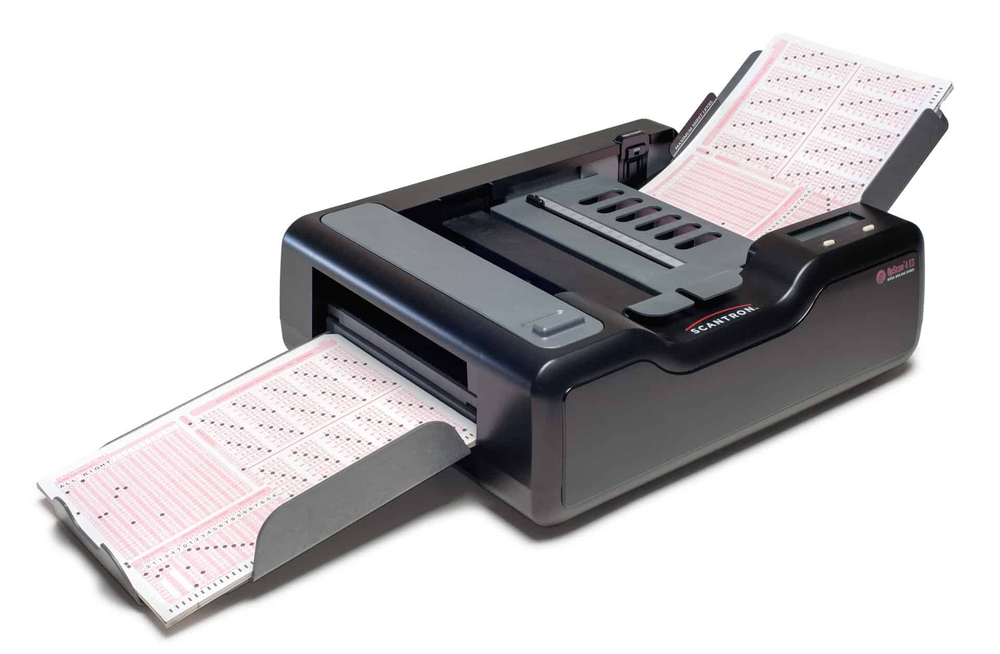Table of Contents
Optical mark recognition (OMR) is a technology for extracting information from printed forms marked with checkboxes or fill-in fields using optical signals. OMR technology once required special scanners to interpret filled-out forms, but now OMR software simplifies and cheapens the process. 1991 was the first year that GRAVIC, Inc. launched a software solution for OMR scanning and reading. Character recognition or handwriting recognition are different from OMR, which reads primarily filled-in holes or boxes in sheets.
THE USE OF OMR TECHNOLOGY
Standardized testing is probably the best-known use of optical mark recognition. In responses to multiple choice and yes/no questions, students write in the corresponding holes. After scanning the test sheets, the machines generate scores and data on them. There are also many other advantages of OMR:
· Electoral processes and vote counting
· Monitoring the inventory of business products
· Data collection from surveys
· Compiling data from research questions and studies
· Time tracking and work records
Using OMR, you can collect and manage large amounts of data to answer questions, record many small details, or analyze the knowledge of a population.

OMR SOFTWARE: HOW DOES IT WORK?
Every marked sheet is scanned with a standard scanner, which records the data in files that OMR software can read. The data is then analyzed based on the software’s programming. Depending on the type of form, the industry or the intended use of the form, some software solutions may have specialized features for reading and categorizing data. There are a few OMR software offerings that allow users to export their read data to another platform (such as a printable document or application) in order to display or analyze it further.
Technology such as OMR is generally dependable and useful. There is the possibility that the scan could be repeated more than once if the software is not programmed in such a way as to prevent that.
OMR software is popular since it is less expensive and less time-consuming than traditionally scanned and read OMR forms, which require hardware and special paper. Digitally handling the scanning and processing reduces some of the lag in scanning and processing, and requires less maintenance.
We hope, that you found the “What is OMR?” article useful
Have a Good Day…!!
